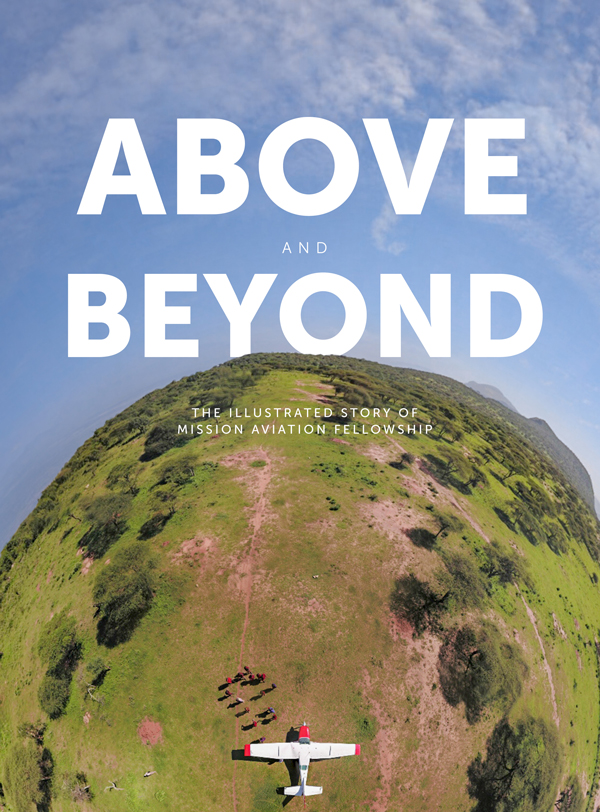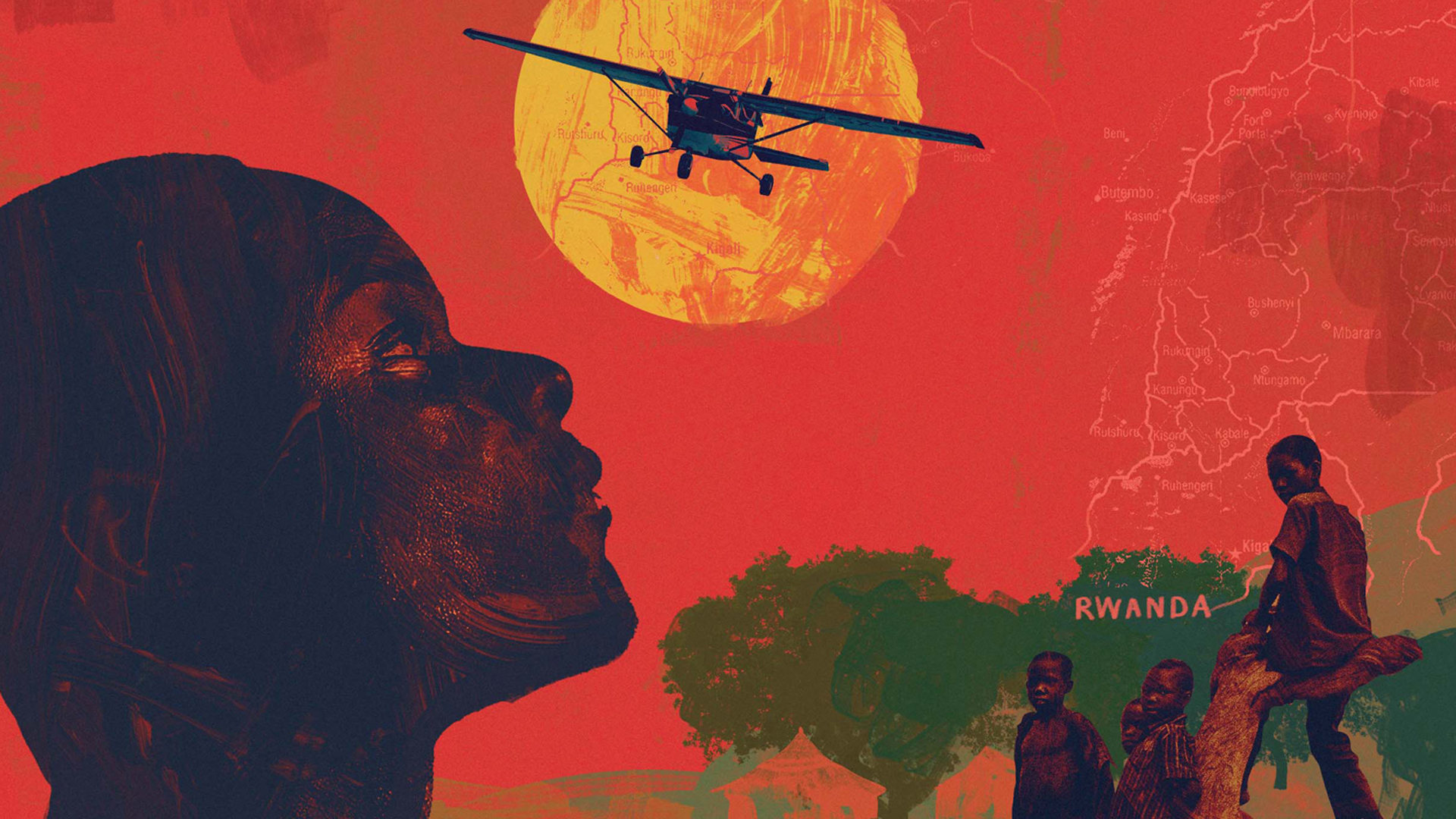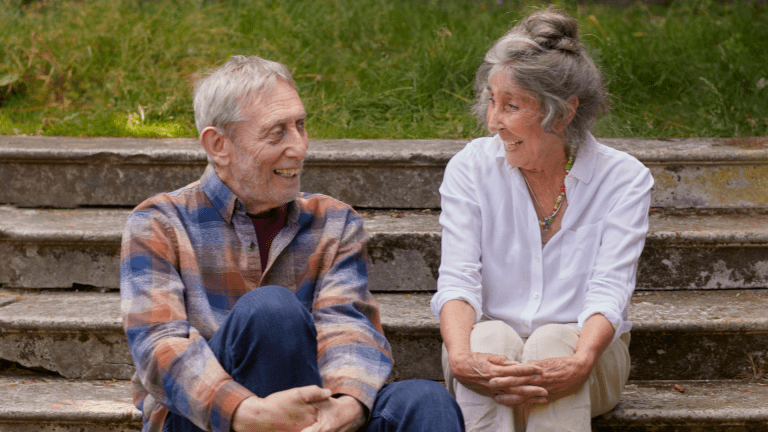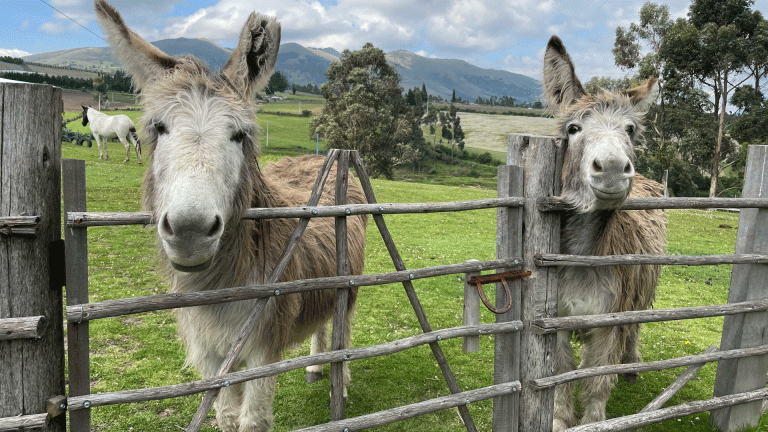Discovering hazardous terrain and unimaginable needs, MAF’s early pioneers concluded that demand for a humanitarian air service among remote aid workers was great. With the help of light aircraft, emergency cargo, medical equipment and humanitarian personnel could be delivered safely and efficiently, saving many days of travel by road.
It became MAF’s mission to make sure the most isolated communities were reached with the essentials they needed to thrive.
“But my flying logbook records hundreds of exciting and rewarding flights, bringing in doctors or getting seriously ill patients medical care. Our aircraft became a welcome sight in Sudan, and we put a name on its nose in Arabic: Asfur Allah, ‘God’s bird.’”
Establishing the charity’s first base in Sudan in 1950, Stuart began a lifelong service to MAF – dedicating himself to opening new airstrips, surveying unreached areas and raising funds from the UK.
He met his wife Phyliss in 1951, the pair married and raised a family while expanding MAF’s work across Kenya, Ethiopia, Chad and Tanzania as demand continued to grow.
Many of the communities Stuart encountered had rarely seen a European, let alone an aircraft. “They looked closely at us foolhardy people who travelled in such a strange and dangerous vehicle,” he said. “But my flying logbook records hundreds of exciting and rewarding flights, bringing in doctors or getting seriously ill patients medical care. Our aircraft became a welcome sight in Sudan, and we put a name on its nose in Arabic: Asfur Allah, ‘God’s bird.’”
Betty served MAF in 12 countries, including Peru, Nigeria, and Papua before settling in MAF’s American headquarters. Her experiences saw her trek through dense jungle to reach new tribespeople and open mountainside airstrips.
Advertising helps fund Big Issue’s mission to end poverty
In one account from 1960, Betty wrote of reaching the Moni people at Hitadipa in central Papua: “As the reverberations of MAF’s departing engine faded, the sense of isolation washed over. Deep in the jungle, we faced a fragile woven bridge suspended above a furious river. I felt the first taste of debilitating fear. Inching slowly along the vines, I could not imagine crossing it with a high fever and dizziness – as one missionary friend had the month before.
“In 1984, MAF helped journalists capture footage of dying babies in Ethiopia, which sparked a worldwide awakening.”
“Finally reaching Hitadipa, adrenaline and relief rushed through my veins. The MAF aircraft circled overhead, and the village broke into wild cheering – the atmosphere electric with joy, victory, and pride. That day changed history for the Hitadipa and is one I will never forget.”
Inspired by the bravery and vision of MAF’s founders, thousands of adventurous, skilled and compassionate pilots, engineers and ground staff have enrolled to take lifesaving cargo to the furthest corners of the world.
Throughout the 1980s, 1990s and into the new millennium, MAF became a world-leading responder to natural disasters. Flying relief experts to places devastated by earthquakes, tsunamis, and famine, MAF aircraft have reached the most vulnerable communities with emergency help in the face of desperate need.
In 1984, MAF helped journalists capture first-seen footage of dying babies and fly-covered corpses in Ethiopia, which sparked a worldwide awakening. As the UN warned 150 million people faced starvation, Bob Geldof launched Live Aid to reach a global audience of 1.9 billion. By 2000, MAF had flown Bob Geldof and the BBC 19 times.
Still rooted in its founding desire to reach isolated communities with no access to education, infrastructure, or healthcare, MAF delivers lifesaving cargo across more than 25 developing countries. From a handful of post-war veterans to 1,300 staff, the award-winning, trusted air service has grown to become the world’s largest humanitarian airline.
Advertising helps fund Big Issue’s mission to end poverty
Above and Beyond is MAF’s new lavishly illustrated history, recalling key moments in the organisation’s inspiring mission. Decade by decade, this book takes the reader on a 75-year journey, including inspiring stories, moving accounts and fascinating facts about the extraordinary countries, aircraft and remote communities where MAF serves.
Through the pages of Above and Beyond, readers can travel to the very ends of the Earth and discover what it really means to fly for life.
Above and Beyond by Jo Lamb is out now, see maf-uk.org/aboveandbeyond (suggested donation £25)









